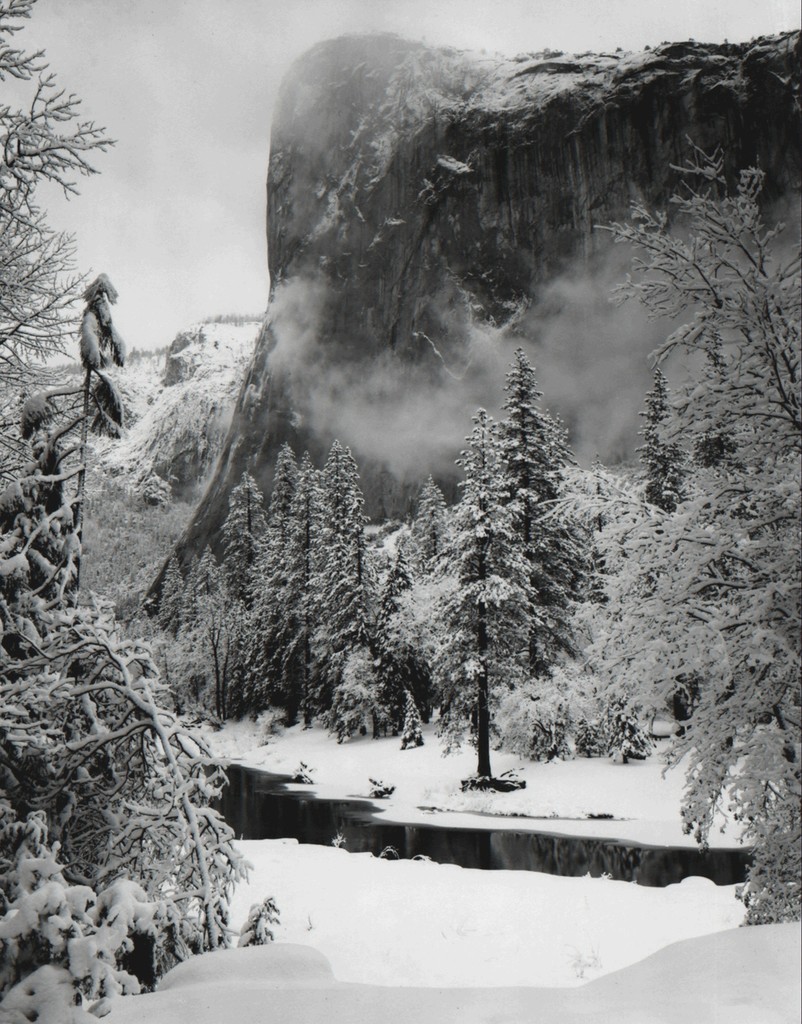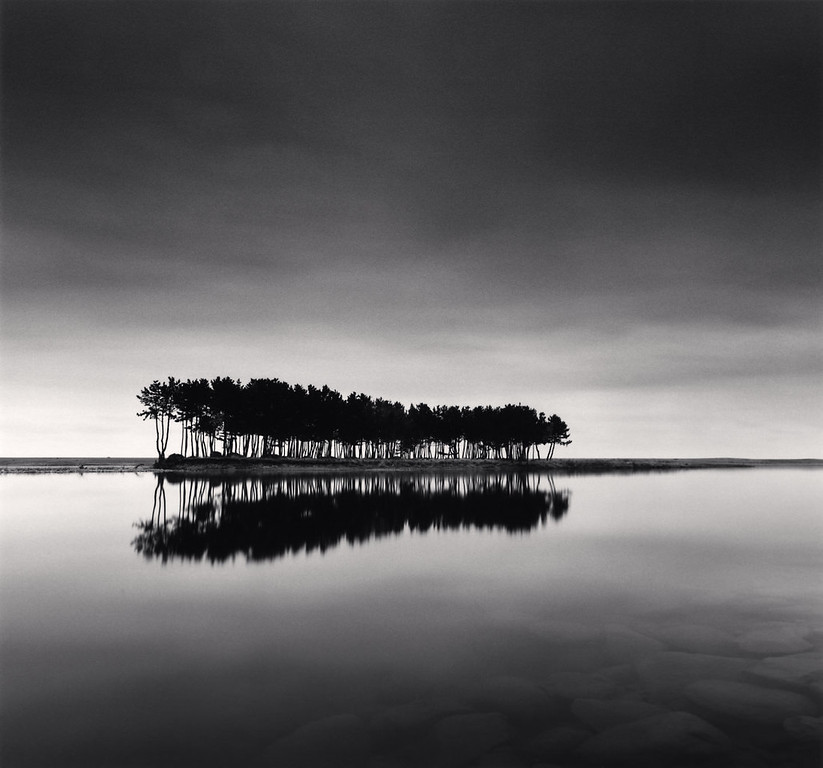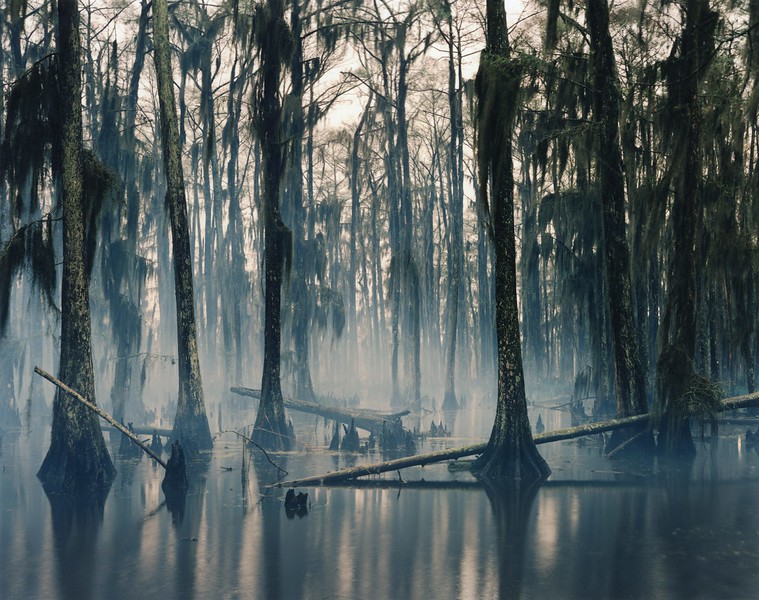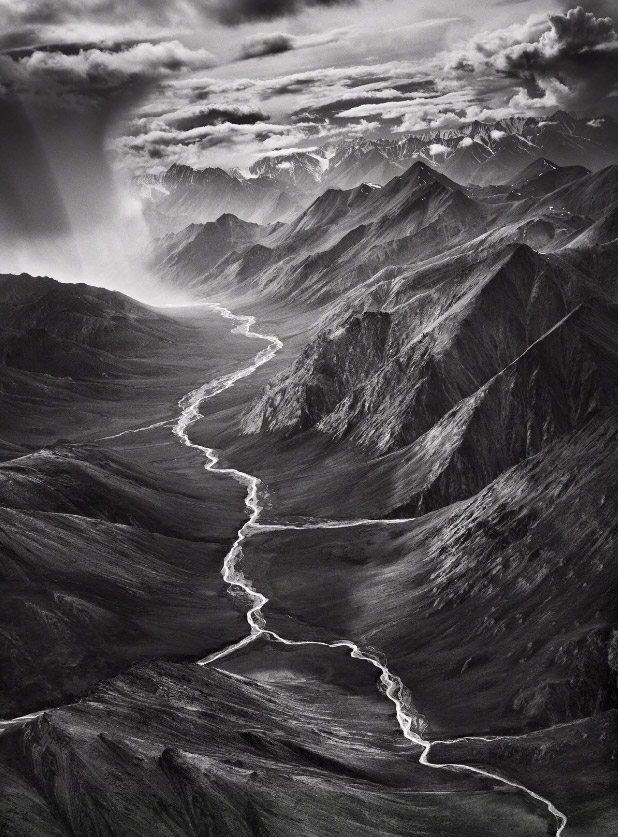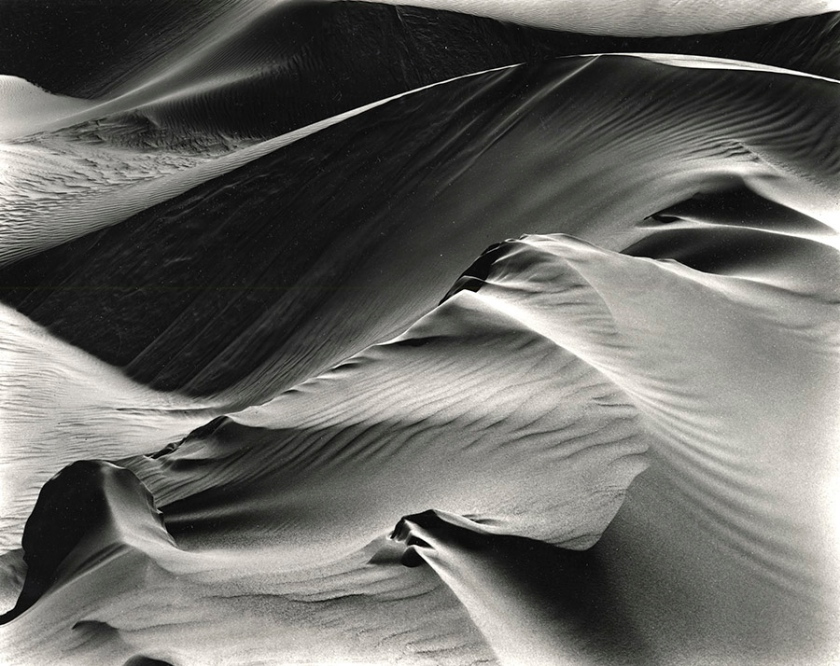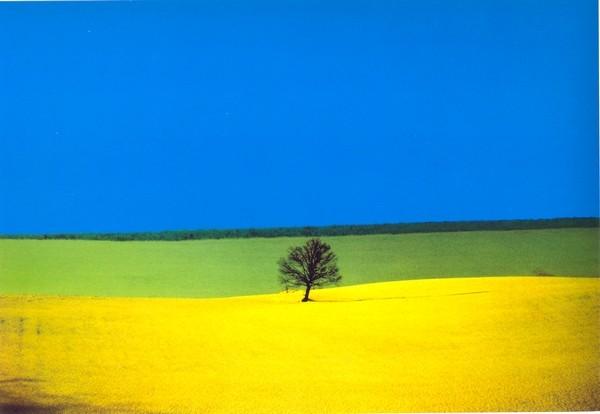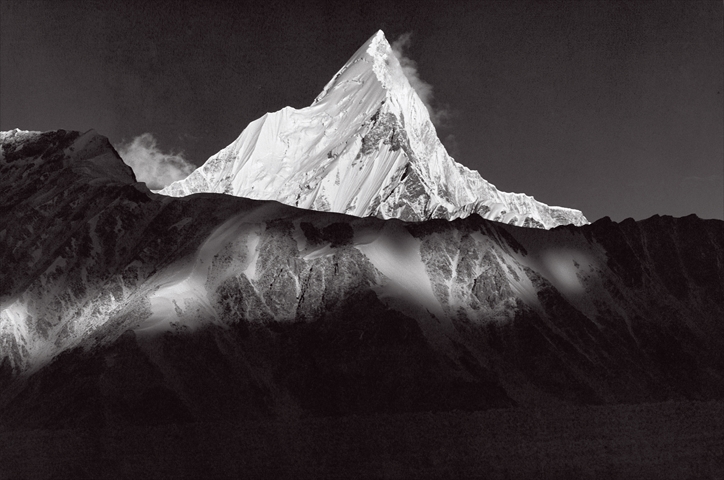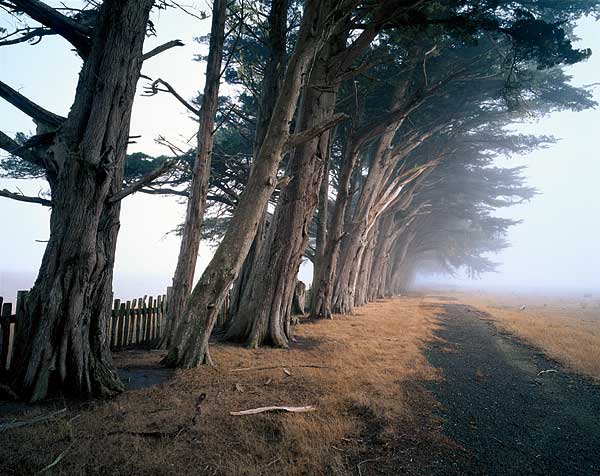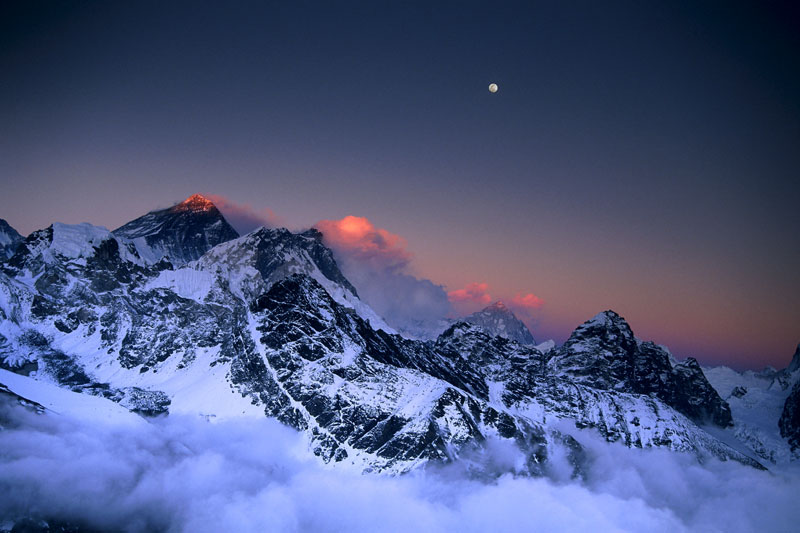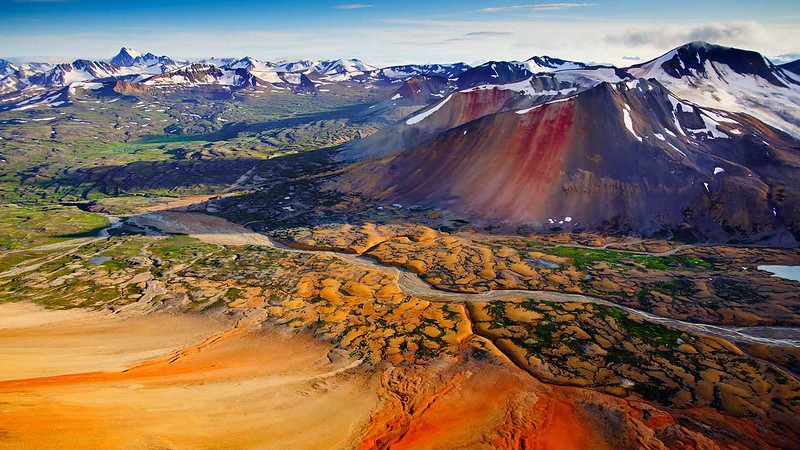The future for the environment may be unsure but as long as there are environmental photographers working hard to ensure that we know what is happening we will be okay.
There are many things that we can do as consumers, we can stop buying from polluting corporations, cut back overall consumption, and make more conscious sustainable choices. Additionally, we can educate ourselves. By looking at these photos and reading the stories behind them we can connect ourselves to people all around the world.
I think that as climate change becomes more prominent so will environmental photography. Showing statistics and figures can be helpful but showing images of real people serves a much deeper emotional purpose. When looking at the pictures you evoke something – a human connection.
Whereas the first forms of environmental photography focused on nature and lacked human emotion the current form of environmental photography heavily focuses on human emotion and our connection to the environment around us.
I believe that in the future environmental photography will focus on humans more and more and show the contrast between us and the environment. As individuals living in the United States we are separated from climate change and the harsh realities of it but by seeing these pictures we are able to understand and get a look into other peoples worlds.













